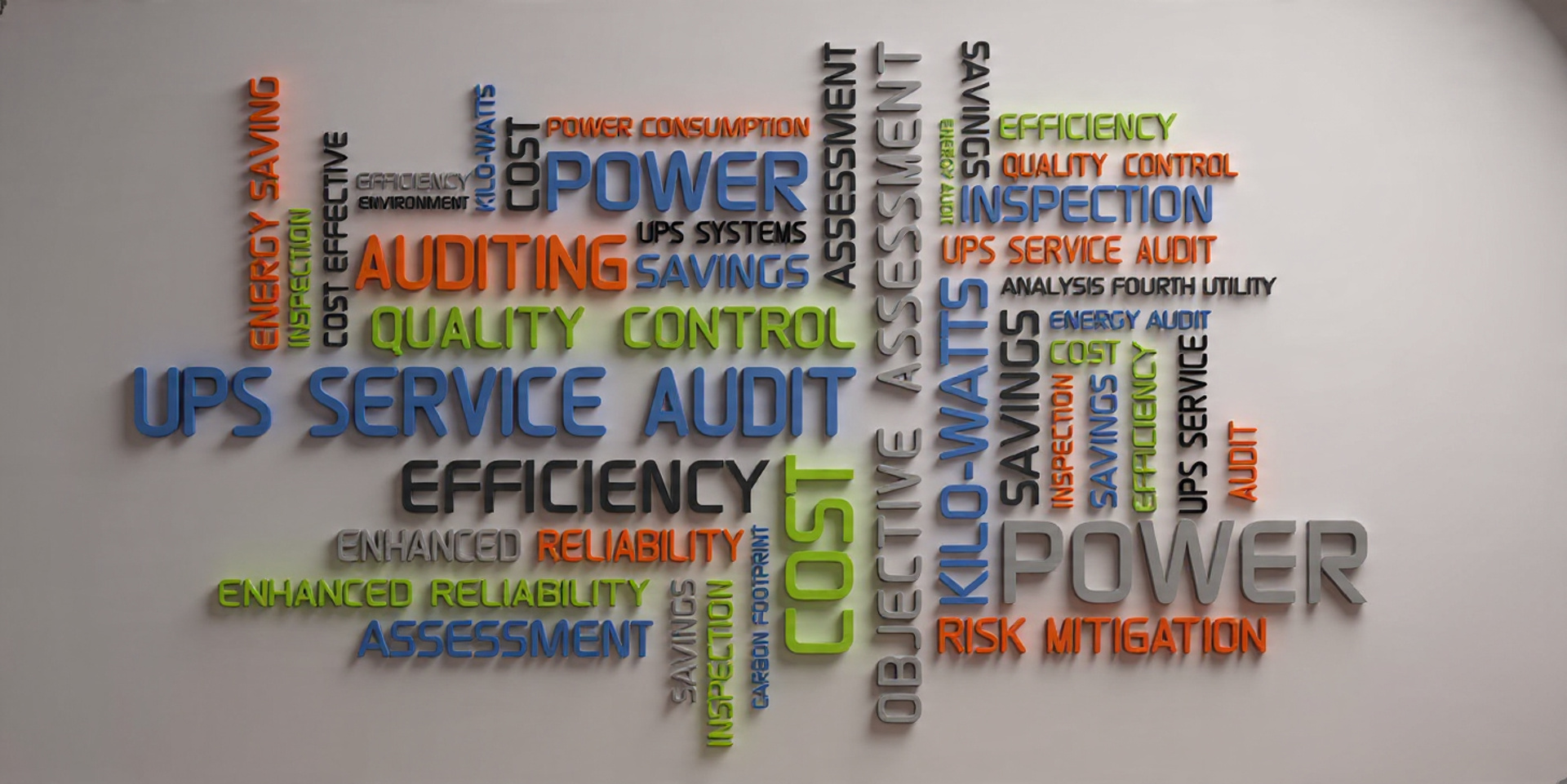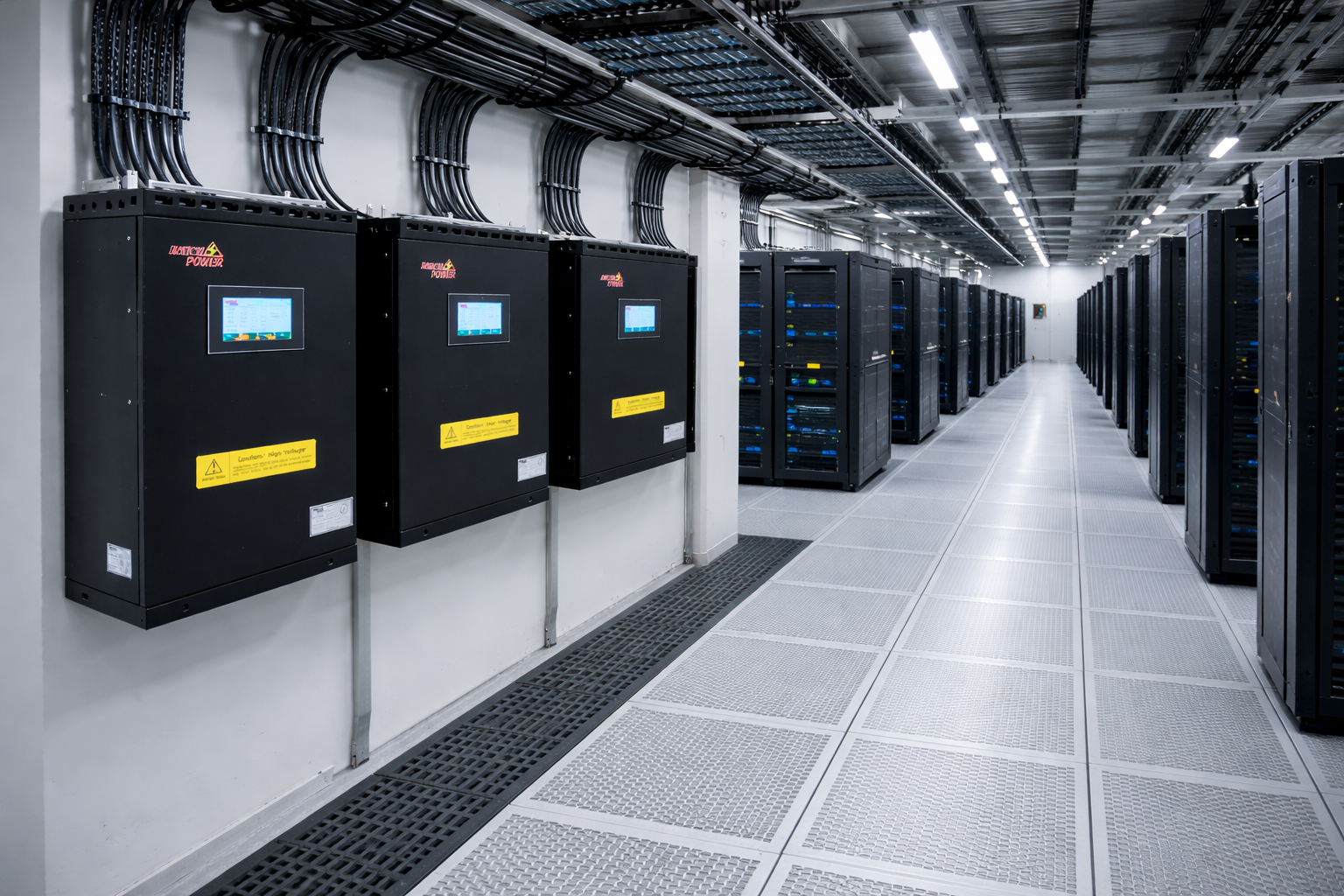Input harmonics from a UPS can potentially cause issues with the operation of a backup generator, including misfunctions or performance problems. Harmonics are electrical distortions that result from nonlinear loads, such as certain types of power supplies found in electronic devices.
Here's how harmonics from a UPS can affect a generator:
1- Generator sizing: Harmonics can increase the apparent power (kVA) demand on the generator. Since harmonics cause the current waveform to deviate from a perfect sine wave, the generator may need to be oversized to handle the additional load caused by harmonics. Failure to properly account for harmonics can result in generator overload or overheating.
2- Voltage and frequency stability: Harmonics can affect the voltage and frequency stability of the generator output. When harmonics from the UPS interact with the generator, they can cause voltage fluctuations or distortions, affecting the quality of power delivered to connected equipment. The generator's voltage and frequency regulators may have difficulty compensating for these fluctuations, leading to unstable power supply to the load.
3- Control system issues: The presence of harmonics in the UPS input can interfere with the control systems of the generator. Harmonics can disrupt the operation of sensitive electronic components, such as voltage regulators or protective relays, which may result in malfunctions or improper response during load changes or fault conditions.
To mitigate the impact of harmonics from a UPS on a backup generator, consider the following measures:
1- Power factor correction: Implement power factor correction techniques in the UPS to reduce harmonics and improve the power factor. This can involve the use of active or passive power factor correction devices to minimize the harmonic content.
2- Filter the harmonics: Install harmonic filters between the UPS and the generator to reduce the harmonic distortion before it reaches the generator. Harmonic filters are designed to attenuate specific harmonic frequencies and can help mitigate the impact on the generator's performance.
3- Select compatible equipment: When choosing a UPS and a backup generator, consider selecting models that are designed to work together and minimize harmonics-related issues. Consult with manufacturers or experts to ensure compatibility and proper system integration.
4- Professional assessment: Engage the services of a qualified electrician, power system engineer, or an expert in harmonics and power quality to assess your specific setup and provide recommendations tailored to your needs. They can perform harmonic analysis, evaluate the system's compatibility, and propose appropriate solutions to minimize harmonics-related problems.
5- Regular Maintenance: Regular maintenance of both the generator and the UPS system is essential to ensure their optimal performance. This includes cleaning, inspecting, and testing the equipment to identify and address any potential issues.
6- Proper Sizing: Properly sizing the generator and the UPS system is crucial. The generator should be selected to handle the combined load of the critical equipment, including both the UPS load and the connected devices. Oversizing the generator can help compensate for the additional harmonic load.
By implementing these measures, you can help mitigate the potential negative effects of input harmonics from a UPS on the operation of a backup generator.







